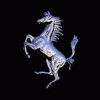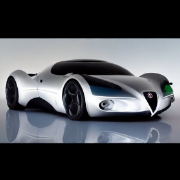Mitsubishi Lancer Evolution 2007 (Topic Ufficiale)
-
Contenuti simili
-
2027 Mitsubishi Lancer EVO XI by Alexis Poncelet
Pubblicato da carrera4,
- mitsubishi lancer evo
- mitsubishi
- (e 1 altro in più)
- 4 risposte
- 1382 visite
-
Mitsubishi ASX Facelift 2024 1 2 3
Pubblicato da j,
- mitsubishi ufficiale
- asx 2024
- (e 7 altri in più)
- 26 risposte
- 4573 visite
-
- 5 risposte
- 2771 visite
-
-
-






.thumb.jpg.902d2a4f20a129e92b6f6920407b81bd.jpg)
















Messaggi Raccomandati:
Crea un account o accedi per lasciare un commento
Devi essere iscritto per commentare e visualizzare le sezioni protette!
Crea un account
Iscriviti nella nostra community. È facile!
Registra un nuovo accountAccedi
Sei già registrato? Accedi qui.
Accedi Ora